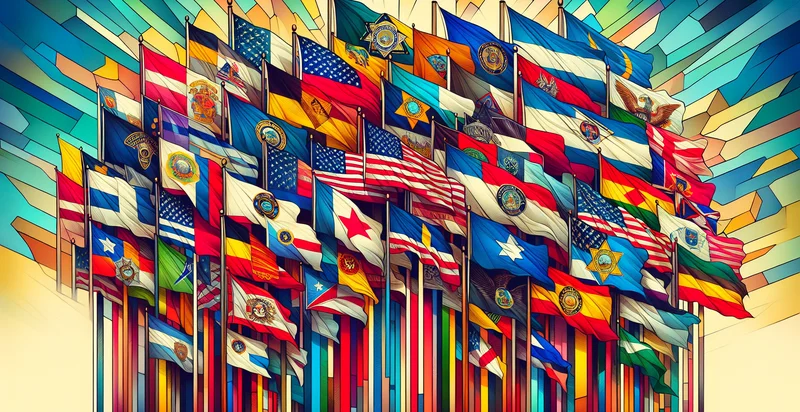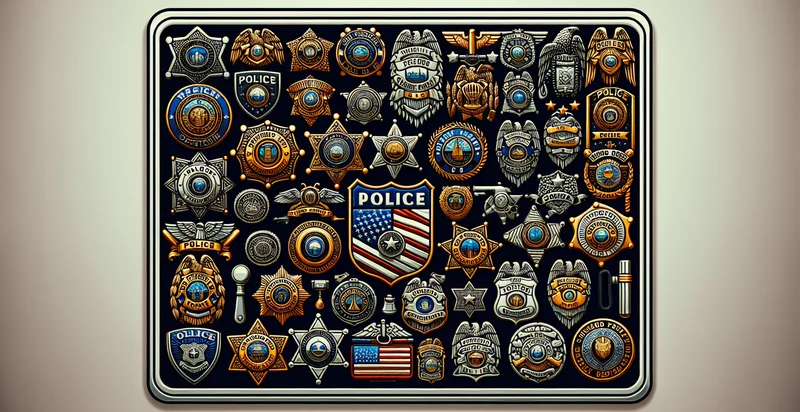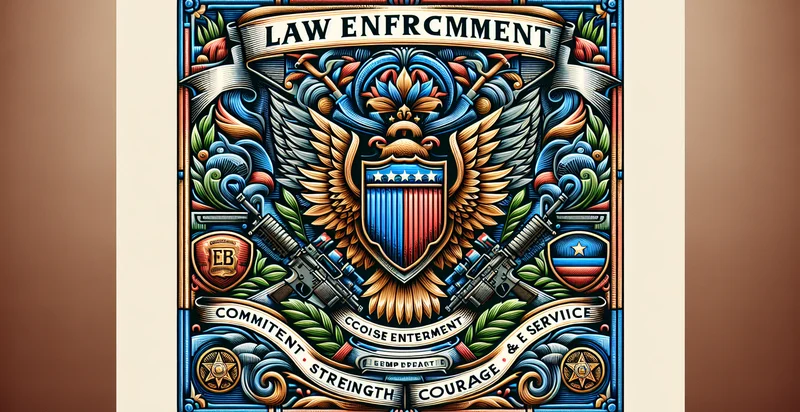Identify police department flags
using AI
Below is a free classifier to identify police department flags. Just upload your image, and our AI will predict the type of police department flag it is. - in just seconds.

Contact us for API access
Or, use Nyckel to build highly-accurate custom classifiers in just minutes. No PhD required.
Get started
import nyckel
credentials = nyckel.Credentials("YOUR_CLIENT_ID", "YOUR_CLIENT_SECRET")
nyckel.invoke("police-department-flags-identifier", "your_image_url", credentials)
fetch('https://www.nyckel.com/v1/functions/police-department-flags-identifier/invoke', {
method: 'POST',
headers: {
'Authorization': 'Bearer ' + 'YOUR_BEARER_TOKEN',
'Content-Type': 'application/json',
},
body: JSON.stringify(
{"data": "your_image_url"}
)
})
.then(response => response.json())
.then(data => console.log(data));
curl -X POST \
-H "Content-Type: application/json" \
-H "Authorization: Bearer YOUR_BEARER_TOKEN" \
-d '{"data": "your_image_url"}' \
https://www.nyckel.com/v1/functions/police-department-flags-identifier/invoke
How this classifier works
To start, upload your image. Our AI tool will then predict the type of police department flag it is..
This pretrained image model uses a Nyckel-created dataset and has 30 labels, including Atlanta Police, Boston Police, Chicago Pd, County Sheriff, Dallas Police, Denver Police, Department Of Homeland Security, Detroit Police, Federal Bureau Of Investigation and Houston Police.
We'll also show a confidence score (the higher the number, the more confident the AI model is around the type of police department flag it is.).
Whether you're just curious or building police department flags detection into your application, we hope our classifier proves helpful.
Related Classifiers
Need to identify police department flags at scale?
Get API or Zapier access to this classifier for free. It's perfect for:
- Crime Scene Evidence Verification: This function can help police departments cross-reference images from crime scenes against a database of known images to identify potential inconsistencies or misrepresented evidence. By flagging false images, investigators can focus on legitimate leads and strengthen their case.
- Missing Person Investigations: Utilizing the false image classification function can assist in verifying images of missing persons found online or reported sightings. By identifying and flagging false images, law enforcement can efficiently narrow down leads to those that are credible and actionable.
- Social Media Monitoring: Police departments can employ the identifier to scan social media platforms for images related to criminal activity or public safety concerns. By flagging false images, officers can reduce misinformation and enhance their situational awareness in rapidly evolving situations.
- Fraud Prevention in Reports: The function can be integrated into the handling of incident reports to identify and flag manipulated or false images submitted as evidence. This ensures that only authentic documentation is considered, which is vital for the integrity of investigations and legal proceedings.
- Public Awareness Campaigns: Police departments can use the identifier in public campaigns aimed at educating the community about fake news and misinformation. By demonstrating the capability to flag false images, they can raise awareness about the potential dangers of unverified information.
- Crime Analysis and Pattern Recognition: The function can assist analysts in reviewing images related to crime patterns by ensuring that the data used is genuine. This fosters better decision-making and resource allocation in crime prevention strategies by relying on accurate visual data.
- Training and Simulation: Police departments can utilize the false image classification function in training modules for officers on the importance of verifying visual evidence. By simulating scenarios involving both real and false images, trainees can improve their critical thinking and decision-making skills in the field.


